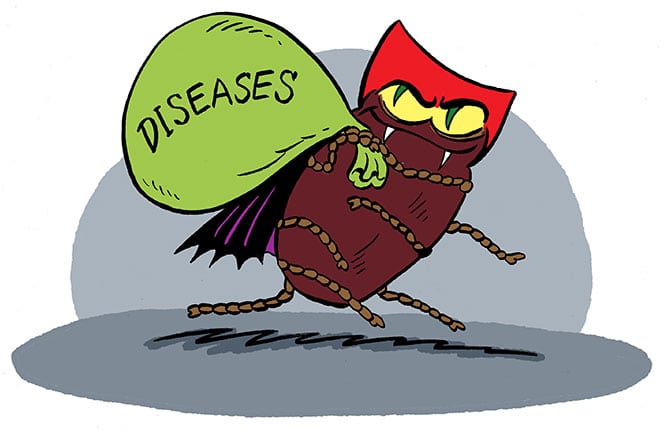In addition to Lyme disease, ticks can be infected with other bacteria, viruses, or parasites, which are referred to as co-infections. More than a dozen tick-borne diseases have been documented to cause serious illness in humans. Co-infections with more than one tick-borne infection are common. NatCapLyme conducted an online survey in July 2010 and found that 46 percent of the 1,433 respondents had been diagnosed with two or more tick-borne infections. Lyme disease and babesiosis were the most common infections.
Lyme disease patients with additional co-infections seem to experience more symptoms and a more persistent illness than those with only Lyme disease. Symptoms of other tick-borne infections can be similar to those of Lyme disease, so these co-infections may go undiagnosed, contributing to ongoing illness despite treatment for Lyme.
Patients with Lyme disease also become more vulnerable to other infections. Mycoplasma, Epstein Barr virus, candida, H. pylori and Chlamydia pneumoniae are quite common infections in patients with Lyme disease. The exact role that other tick-borne diseases and opportunistic illnesses play in the disease course is poorly understood and known treatment options are not always effective.
Research continues to discover more strains of new pathogens in ticks.
Learn more:




